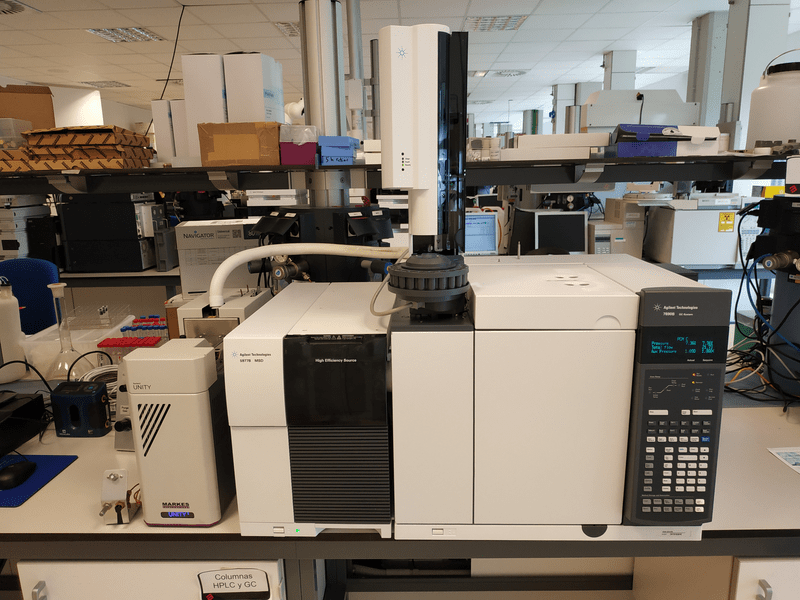Air pollution is a growing concern that continues to strongly affects cities worldwide, posing significant threats to both human health and the environment. The rapid urbanization and industrialization of the past century have given rise to a multitude of pollutants, leading to the deterioration of air quality in urban areas. The World Health Organization (WHO) estimates that outdoor air pollution contributes to the premature deaths of 4.2 million people annually, while indoor pollution claims an additional 3.8 million lives. The repercussions extend beyond health, with polluted air causing economic losses and negatively impacting biodiversity and ecosystems. As the impacts of poor air quality become more apparent, the need for effective solutions has never been more urgent.
Nature-based solutions are an innovative approach that harnesses the power of nature and its inherent ability to filter, absorb, and mitigate pollutants, offering a sustainable and cost-effective means of tackling the detrimental effects of air pollution. However, not all plant species are equally effective in combatting air pollution. The selection of appropriate species is a crucial factor in designing nature-based solutions tailored to specific urban contexts. Properties such as the plant’s ability to withstand pollution levels, its pollutant absorption capacity, its adaptation to the climate and its overall resilience in urban environments must be considered.
In the frame of the Upsurge project, different NBSs are being implemented to study their benefits with a focus on air quality and climate remediation. Special attention was devoted to the choice of plant, considering their adaptation to the environment of the city and NBS and especially their abilities to reduce air contaminants. Literature data and laboratory experiments were conducted to develop a database that presents the capacity of species to absorb the main pollutants of urban air such as particles, NO2 and VOC. Pollen and biogenic volatile organic compounds were also considered to avoid any potential detrimental effect. To complete available data, the effectiveness of different plants species has been studied through laboratory experiments using a fumigation chamber where an atmosphere contaminated with the most prevalent urban pollutants was generated: particle, NO2 and VOC.


Variations in concentrations at different times were monitored using different procedures (chemiluminescence, GC-MS and laser diffraction). Significant differences were observed in the presence of the plant on toluene concentration and for particle removal.
The results were used for the plant species selection implemented in the UPSURGE demo sites to optimize their capabilities to improve air quality and to contribute to climate neutrality. The main criteria considered for the plant selection was the presence of the selected species in Upsurge cities, furthermore, potentially invasive species have been ruled out.
The species used for laboratory tests were Achillea millefolium; Allium schoenoprasum; Calamagrostis epigeios; Echinacea purpurea; Euphorbia amygdaloides; Fragaria anannassa; Gaura lindheimeri; Geranium psilostemon; Geranium sanguineum; Melissa officinalis; Molinia caerulea; Rudbeckia fulgida; Salvia nemorosa; Thymus citriodorus and Trachelospermun jasminoides.
This task complements other UPSURGE outputs, such as the NBS Registry and the NBS Matchmaking matrix, to give to the cities a complete decision tool. The results aim to support the NBS selection that is based on the city challenges, adding advice on the choice of plant that presents a proven effect on air quality. The final version of this tool will be used in the UPSURGE Lighthouse consultancy services.
Author: Thomas Martinez, LEITAT
